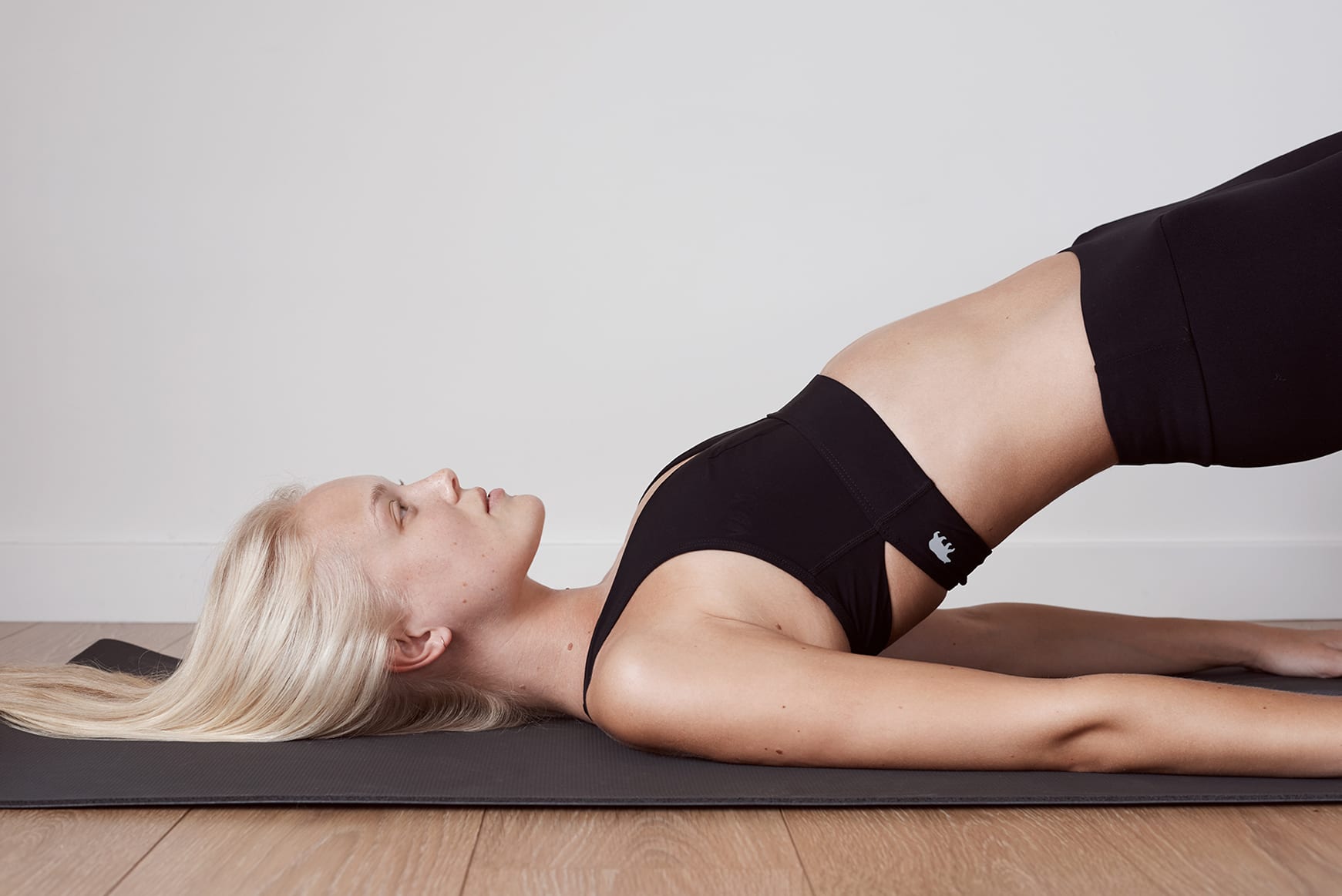
Pilates for long, lean muscles and increased wellbeing? That’s what founder Joseph Pilates originally had in mind when he founded the movement, long before the concept of 'wellness' existed. His manual, Return to Life, outlines the importance of fresh air, a good diet, healthy digestive system and adequate sleep, in addition to his series of Pilates movements and now Michelle Koton, the founder of MPower Pilates picks up where he left of. Here, she explains the many ways that Pilates can contribute to your overall wellbeing.
How can Pilates contribute to overall wellness?
Pilates requires focus and strong cognitive ability. A Pilates session is not just demonstrated and simply copied – each client has to engage their brain and respond to verbal cues in order to perform the movement. It is an extremely conscious movement discipline.
Joseph Pilates originally called the movement Contrology, because the control and communication between brain and body means that for each one-hour session there is complete focus. During this time the student is away from all other interferences and this dedicated time allows the brain to develop new pathways and patterns – allowing the mind to switch off from everything else. It’s a time to think about where and how the body is moving, which makes it an incredibly mindful exercise.
In addition to the mind/body component of Pilates, positivity and high-self esteem result from a consistent Pilates practice. Feeling good about yourself is a critical component of wellness. Learning a technique that challenges your mind and body, improving each week, mastering the exercises, and seeing physical and mental change has a vital and life-changing effect on a person. This improved sense of trust and belief in oneself, in addition to increased confidence, completely impacts a person's sense of inner happiness. Time and time again, Joseph Pilates wrote about how the world would be a better place if everyone did Pilates …
How often should I attend a Pilates session in order to see the benefits?
In the days when Mr. Pilates ran his studio, clients were expected to attend three to four session a week. However in today’s frenetic world, that frequency is not only difficult and expensive. And many people are not attending Pilates exclusively - their Pilates session is often just one of the health and fitness activities they do in a week.
Pilates is like taking medicine for your body - although it may take time and dedication to see real results, the feeling of length, flow and vigour can be felt after the first session. If Pilates becomes part of your life at least twice a week, it will help you work more efficiently, be more at ease in life, and it will help you with any other activity you may do such as yoga, running, or PT. However, three times a week is best.
What is the difference between Pilates and Yoga?
Joseph Pilates had great respect for the practice of Yoga and in fact, the two share many common positions and principles. Breath is central to both disciplines, as is flow and control. Aside from the similarities (there are many cross-over exercises that are similar to asanas in Yoga), the main difference is that equipment is very much a part of Pilates.
The equipment has a strong emphasis on the resistance created by the springs, which makes a demand of the student’s level of concentration and physical strength. Meanwhile in yoga, a student is encouraged to use the meditative flow of breath to create a fluid rhythm of movement. Overall, Pilates is disciplined and technical, needing the student to be awake, conscious, and completely present.
Michelle Koton is the founder of MPower Pilates, Bondi.



